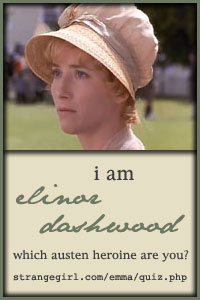 Chang-rae Lee's new novel The Surrendered tells the tales of the intertwined lives of several characters, all of whom are profoundly affected by their experiences during the Korean War. First of all, there is June, orphaned while fleeing the Communist army. She meets American soldier Hector on the road, and together they end up the orphanage run by Sylvie Tanner and her husband, a minister. Both June and Hector fall in love with Sylvie, who is also emotionally damaged, after watching her missionary parents murdered by the Chinese in Manchuria.
Chang-rae Lee's new novel The Surrendered tells the tales of the intertwined lives of several characters, all of whom are profoundly affected by their experiences during the Korean War. First of all, there is June, orphaned while fleeing the Communist army. She meets American soldier Hector on the road, and together they end up the orphanage run by Sylvie Tanner and her husband, a minister. Both June and Hector fall in love with Sylvie, who is also emotionally damaged, after watching her missionary parents murdered by the Chinese in Manchuria.I was fascinated to read that Chang-rae Lee got the idea for this novel more than twenty years ago, after interviewing his father about his experiences during the Korean War. Lee writes that his father had only spoken about the war years in the vaguest way before Lee interviewed him for a college project. The traumatic details of Lee's father's brother's death came out in the interview, and the story became the inspiration for one of the most powerful scenes in The Surrendered.
The anecdote Lee relates reminds me of many stories I have heard from the children of Holocaust survivors, of parents who shelter their children from the horrors of their pasts, and then at some point, maybe when the children are adults, finally tell them their stories--and it is shocking for the children on many levels. Lee explores this theme in the novel, too--he creates a character in June who has hidden some part of herself from her son, and that separation, that hiding, has colored their whole relationship, and made it dysfunctional.
This relationship—or rather, non-relationship—between June and her son leads to their estrangement, and then to June’s dying quest to find him in Europe. Lee is sparing in the details he provides about the characters’ motivations and inner emotional lives, and here it was sometimes maddening and sometimes haunting, as I watched June in her self-delusion, hoping for a reconciliation with a son who cannot acknowledge her, perhaps because he never knew her. There’s a twist at the end that makes the story even more poignant, but I won’t spoil it here.
I felt I understood Hector better than I understood June. Hector, like his namesake in Greek mythology, is a talented warrior and, because of the myths his hard-drinking Irish father spins, believes he may be physically invincible. But while bodily strong (and beautiful, which turns out to be a curse), Hector is emotionally damaged, and feels that he is a curse to others if they get involved with him. While June is more of a cipher, because she is so emotionally self-contained and defended, Hector is more openly wounded, and therefore easier to see into.
But overall, while Lee’s characters were very compelling, there were times when I felt I didn’t truly understand them. The writing is clean, steady, and often beautiful. I really enjoyed Lee’s prose style. However, the story is relentlessly tragic, and just about everything bad that you can imagine happening to these characters does happen. So while I recommend Lee’s writing, I feel this book is definitely for the stout of heart.















